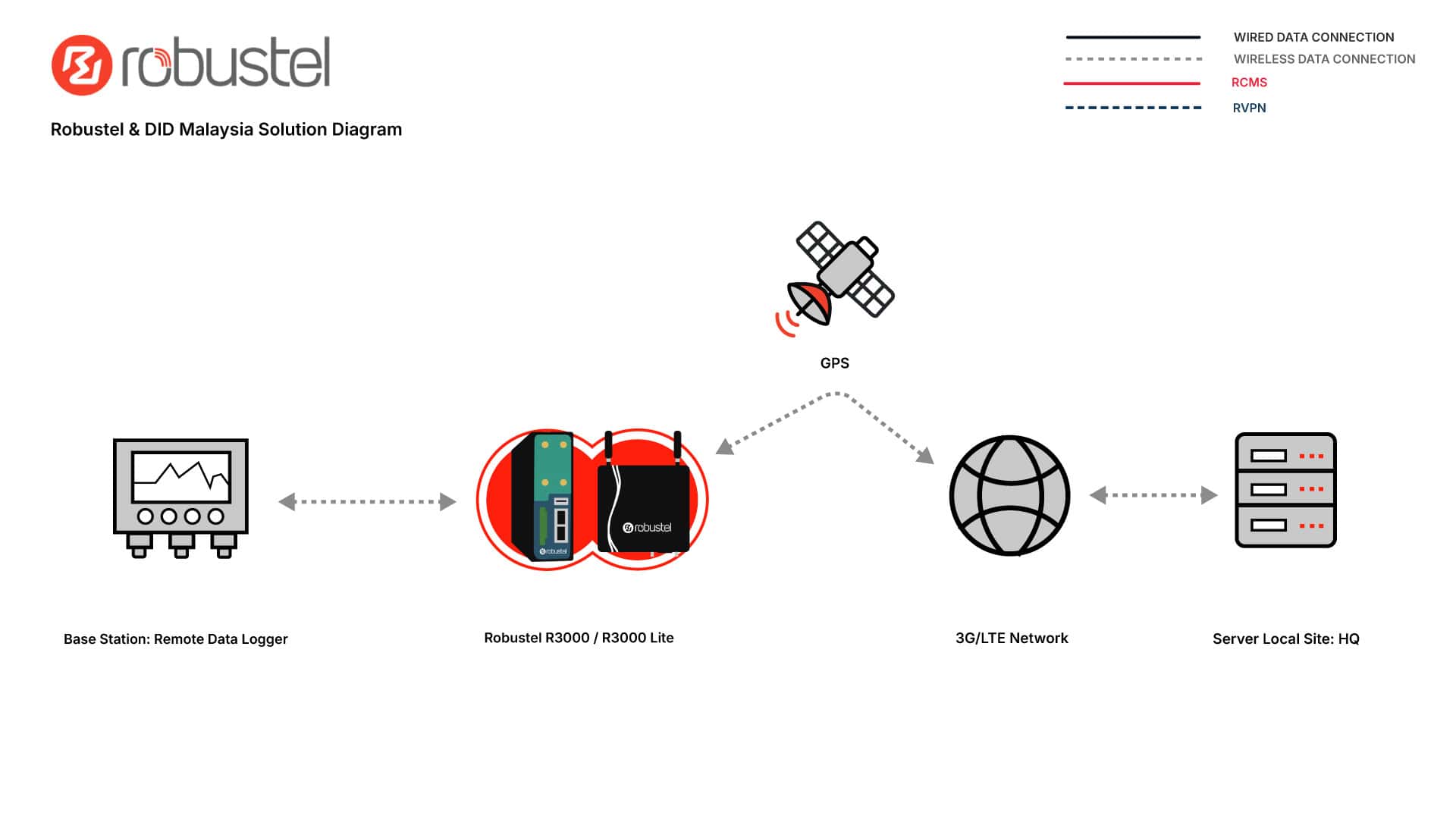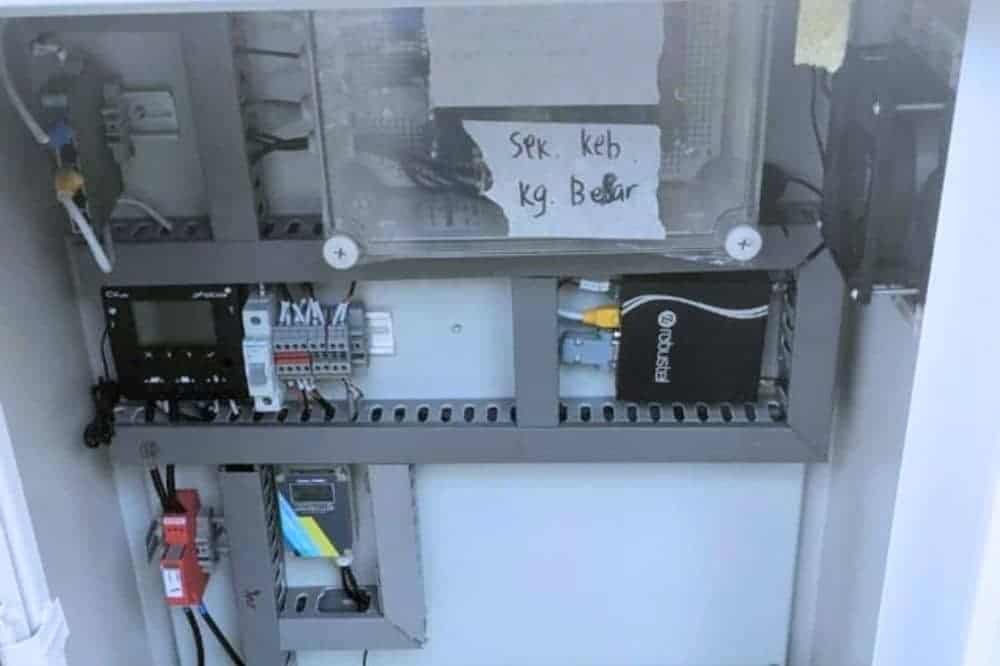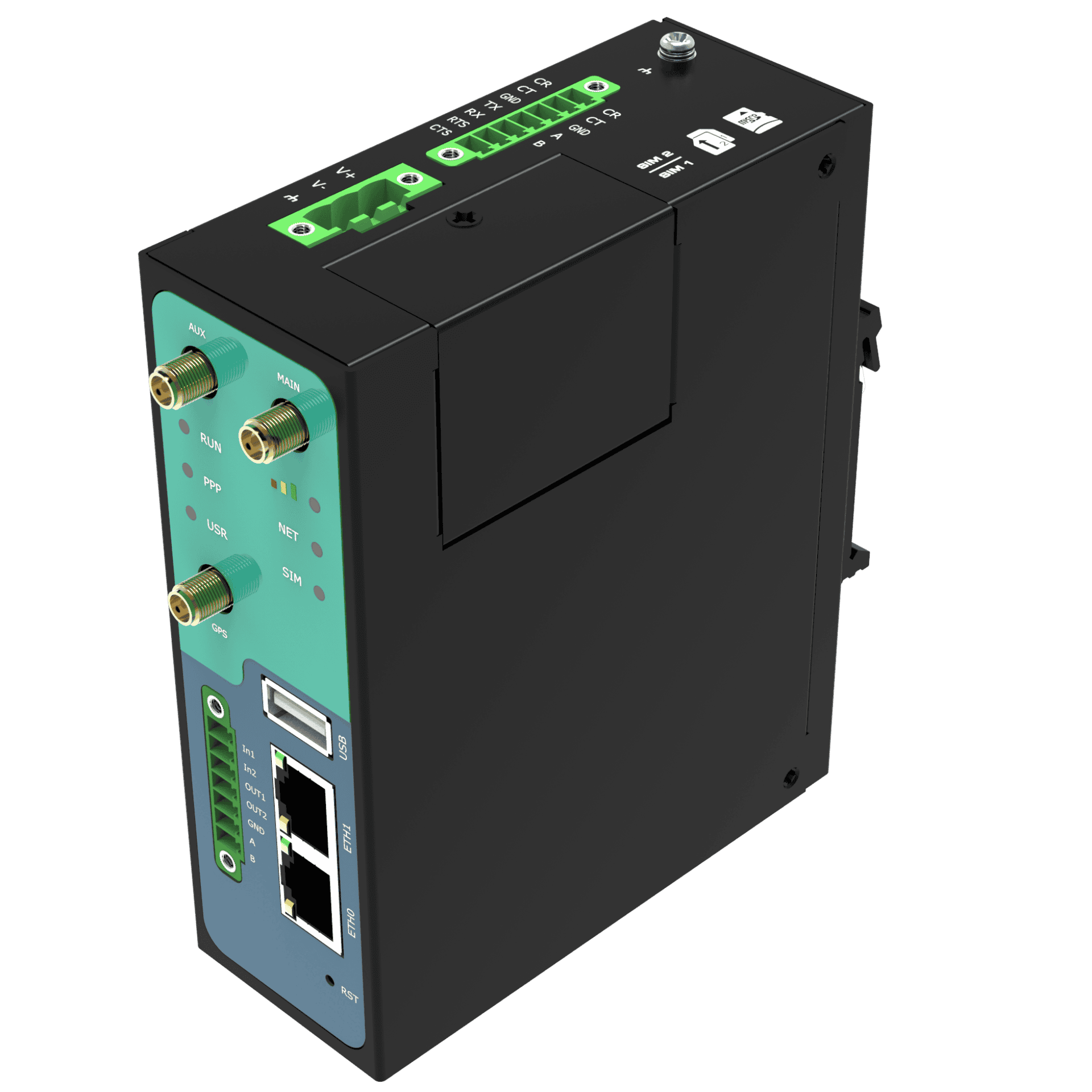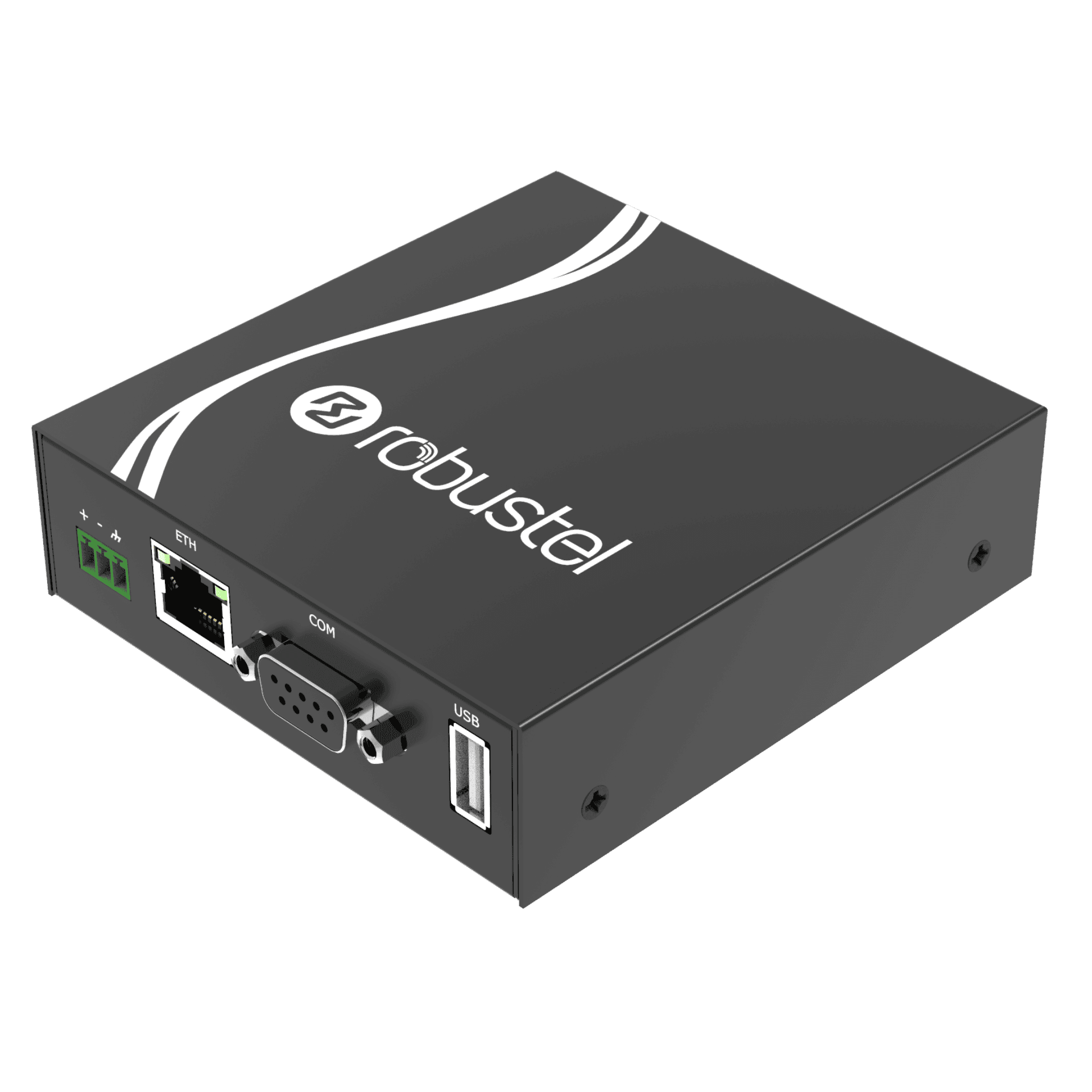Flood Warning & Water Monitoring in Malaysia:
How Robustel & the Department of Irrigation and Drainage use the R3000 to protect communities in real-time.
Case Study – Fast Facts
Location
Malaysia
Industry
Energy & Utilities
Product(s)
- R3000
- R3000-Lite
End Customer
Department of Irrigation and Drainage – https://www.water.gov.my/
The Department of Irrigation and Drainage (DID) Malaysia is the national authority responsible for river basin management, drainage, and flood mitigation. It operates an extensive network of rainfall and water level stations, floodgates, and river control structures, and must provide timely warnings and decision support to government agencies and local communities. Accuracy, uptime, and resilience during extreme weather events are critical.
Challenges
The flood warning system needed dependable communications from remote rivers, canals, and reservoirs where fixed-line services were limited or non-existent. Existing telemetry links were a mix of aging technologies with inconsistent performance, making it difficult to guarantee timely delivery of water level and rainfall data during storms. The customer required industrial-grade cellular routers that could cope with harsh field conditions, integrate with existing RTUs and sensors, and be rolled out at scale across a diverse set of sites.
Results
With R3000 and R3000-Lite routers installed at monitoring locations, each site now has a robust cellular data path back to DID’s central systems. Water level and rainfall data can be collected and forwarded more reliably, improving the timeliness and quality of flood warnings. The modular design and flexible interfaces make it easier to extend the network to new stations, consolidate legacy communications, and maintain a consistent architecture across the country.
Digital transformation for flood telemetry for faster, more reliable warnings
Malaysia faces seasonal heavy rainfall and river systems that can rise quickly, putting communities, infrastructure, and agriculture at risk. To manage this, the Department of Irrigation and Drainage operates a network of automatic rainfall and water level stations that feed central decision-support tools and public warning mechanisms. Many of these sites are remote, exposed to harsh weather, and difficult to reach during the very events when data matters most.
The project aimed to upgrade communications at these monitoring points by moving to industrial cellular routers capable of delivering secure, reliable data links over commercial mobile networks. The new architecture had to integrate with existing RTUs and sensors, reduce communications failures during peak weather events, and make the network easier to expand and maintain over time.
Business Challenges
1. Unreliable communications from remote sites
Many gauging and rainfall stations are installed in river valleys, along embankments, or beside reservoirs where only limited telecoms infrastructure is available. Legacy links suffered from noise, interference, and outages, particularly during storms when visibility of water conditions is most needed. Engineers could not always trust that data displayed in the control centre reflected the true, current state of the field. That uncertainty made it harder to trigger timely alerts or floodgate operations.
From an operational perspective, this meant more conservative decision-making, increased site visits to verify conditions, and higher risk of missing critical changes in water level or flow. Each communication failure during heavy rain translated into more manual checks and more stress on already busy teams.
2. Mixed equipment and legacy telemetry architectures
Over time, the flood monitoring estate had grown through multiple projects and vendors, leaving a mixture of communications methods and devices in the field. Different RTUs, modems, and radio systems created a patchwork architecture that was hard to document and even harder to standardise. When technicians arrived at a station, they were not always sure what hardware and protocols they would find.
This fragmentation increased training requirements, slowed fault-finding, and made it difficult to apply common security and maintenance practices. It also limited the ability to roll out new features or centrally coordinated improvements, as each cluster of sites might need a different approach.
3. Scaling the network while controlling costs and complexity
As demand grew for more monitoring points across catchments, the cost and complexity of adding each new site became a constraint. Civil works for fixed lines were rarely practical in remote areas, and bespoke communications solutions added to engineering time and lifetime support costs.
At the same time, budgets and staffing remained finite. DID needed a way to standardise on a small set of industrial connectivity devices that could be reused across many station types, with a clear support model and predictable behaviour. Without that, expanding coverage risked creating further variability and strain on engineering resources.
Solution Overview

To address these challenges, DID adopted a cellular-based telemetry layer built around Robustel R3000 and R3000-Lite routers. Each monitored site now uses an R3000 or R3000-Lite to provide a secure data connection over 3G/4G networks from the RTU and sensors back to central servers. The routers sit inside field enclosures alongside existing PLCs or RTUs, interfacing over serial or Ethernet according to what is already installed.
When rainfall or water level sensors update the RTU, the RTU passes data to the Robustel router, which forwards it securely over the cellular network to DID’s backend systems. The same link can be used to send configuration changes or firmware updates to field devices where required. Antenna selection and placement allow optimisation of signal quality even in challenging locations such as valleys or embankments. Over time, additional stations can be added by replicating this standard cabinet design, speeding up deployment and simplifying documentation.

Why the DID chose the R3000 Series:
- Industrial build for harsh sites: R3000 and R3000-Lite are designed for outdoor and roadside enclosures, with wide temperature tolerance and resilient power handling, making them suitable for exposed flood monitoring locations.
- Flexible interfaces for RTUs and sensors: Support for both serial and Ethernet connections allows the routers to integrate with existing RTUs and controllers without redesigning the field equipment, reducing retrofit complexity.
- Reliable cellular backhaul: By using commercial 3G/4G networks, the routers provide a practical, scalable alternative to fixed lines or legacy radio systems, especially in areas where civil works are difficult or cost-prohibitive.
- Consistent architecture across stations: Standardising on the R3000/R3000-Lite platform allows DID to apply a common design pattern to many sites, simplifying training, documentation, and long-term maintenance.
- Remote manageability: The routers support central configuration and monitoring, which can be integrated into DID’s existing operations workflows, reducing the need for physical intervention at remote stations.
Key Outcomes
With the new communications layer in place, DID can rely on a more consistent flow of real-time data from the field, even during challenging weather conditions. Engineers have clearer visibility of river and reservoir behaviour, and the organisation can add new monitoring points without redesigning the communications stack each time.
- Stronger visibility during critical events: Water level and rainfall data reaches central systems more reliably, helping teams track conditions in near real time as storms develop and rivers respond.
- Reduced dependency on legacy links: Sites can be migrated away from older, maintenance-heavy telemetry technologies, consolidating communications onto cellular and simplifying long-term support.
- Simpler deployments for new stations: Standardised cabinets built around R3000 and R3000-Lite routers shorten design cycles for new monitoring sites and make rollout more repeatable.
- More efficient field operations: With a consistent hardware platform and remote management capability, engineers spend less time diagnosing unfamiliar communications setups and more time focusing on core hydrological and flood management tasks.
Featured Products
Robustel R3000 4G/LTE Router

Robustel R3000-Lite 4G/LTE Router

